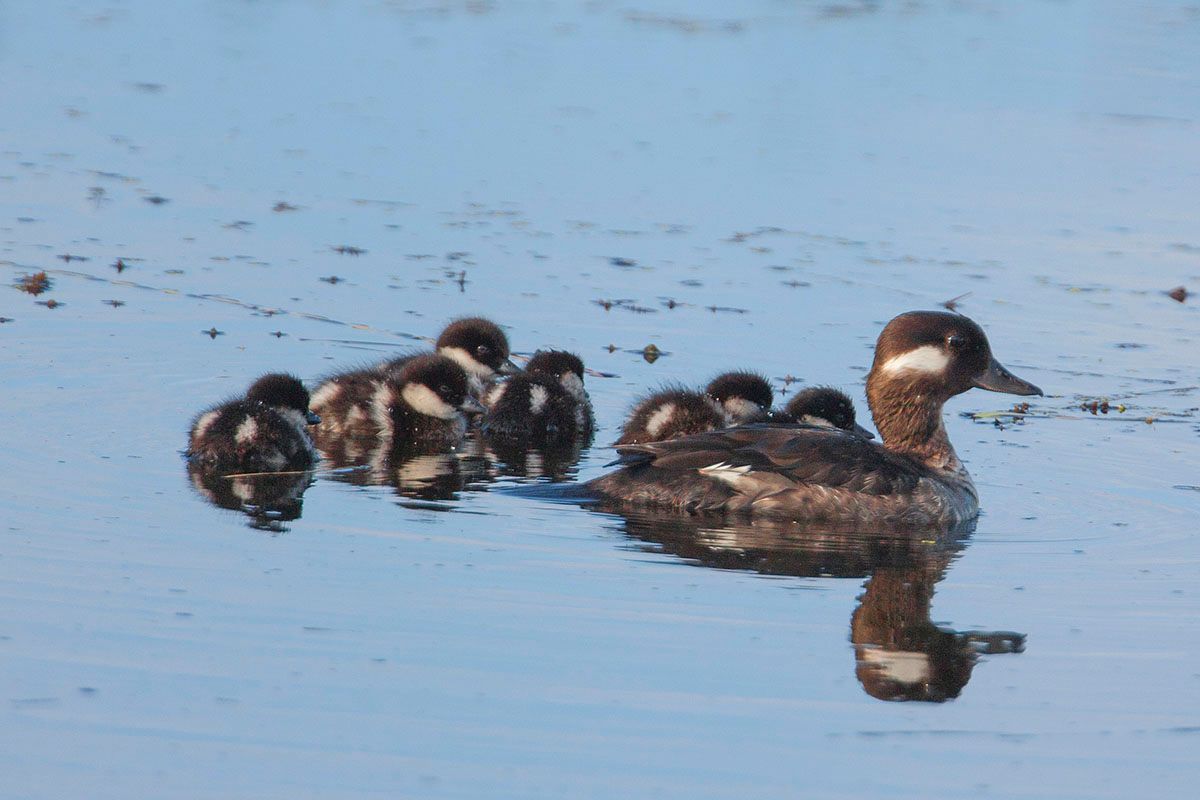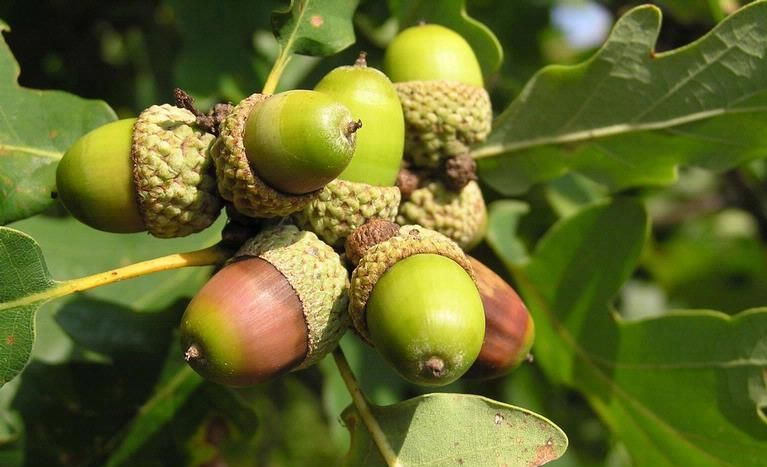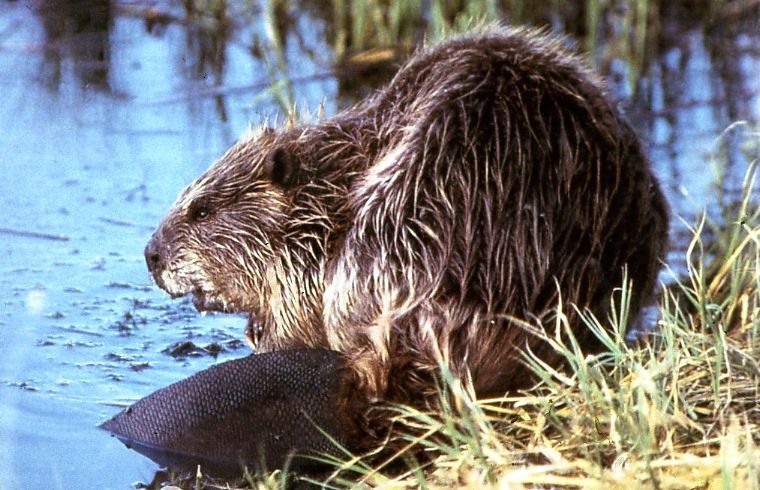Create and Certify Your Own Wildlife Habitat

Wildlife is experiencing a crisis like none before in our lifetimes. Luckily, you have the power to help wildlife by supporting them where you live! You can support wildlife in your own yard and neighborhood by using sustainable gardening practices or by totally transforming your lawn into a natural landscape!
Native plants are the foundation of a wildlife habitat garden. They provide ample sources of food, cover and places to raise young. The National Wildlife Federation recommends a habitat garden space strive for 70% native plants. You can find native plant lists for your zip code through the Native Plant Finder or look through keystone plant lists for your ecoregion!
By creating a habitat in your outdoor space that provides the habitat essentials of food, water, cover, places to raise young, and sustainable practices, you can even get recognized as a Certified Wildlife Habitat®! By certifying, your wildlife habitat will be recognized by both the National Wildlife Federation and Michigan United Conservation Clubs.
Getting your space recognized as a Certified Wildlife Habitat helps you to advance the mission of Michigan United Conservation Clubs and the National Wildlife Federation. Plus, it comes with tons of benefits!
Benefits of your $25 certification include:
- A personalized certificate.
- A one-year National Wildlife Federation membership and subscription to National Wildlife® magazine.
- 10% off National Wildlife Federation catalog merchandise such as nesting boxes, feeders, birdbaths, and other items to enhance your wildlife garden.
- Subscription to monthly Garden for Wildlife® Habitats e-newsletter with gardening tips, wildlife stories, and other resources.
- Exclusive option to purchase attractive garden signs designating your garden as a Certified Wildlife Habitat® with the National Wildlife Federation and Michigan United Conservation Clubs.
Learn more about how to certify!

Food
Native plants provide food eaten by a variety of wildlife. To certify, your habitat needs just three food sources, such as foliage and berries from native plants, a bird feeder, and suet.
Water
All wildlife need water to survive, and some need it for bathing or breeding as well. To certify, your habitat needs at least one water source, such as a stream, bird bath, or pond.


Cover
Wildlife need places to take shelter from bad weather, hide from predators, or hunt for prey. To certify, your habitat needs a minimum of two places to find shelter, such as dense shrubs, a brush pile, or a wooded area.
